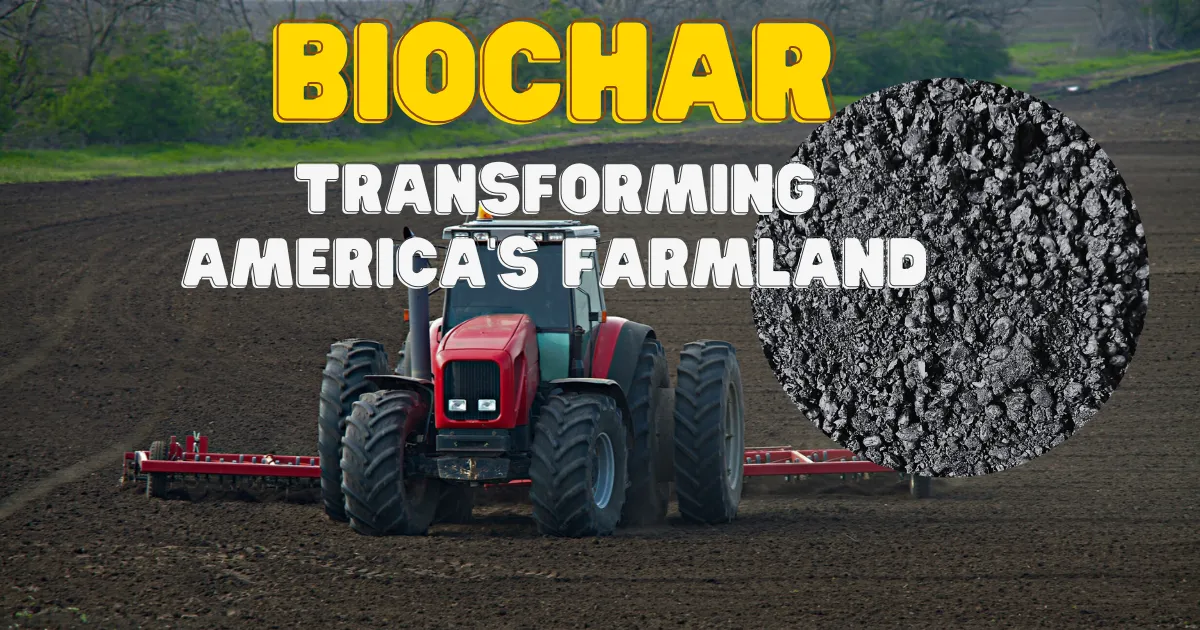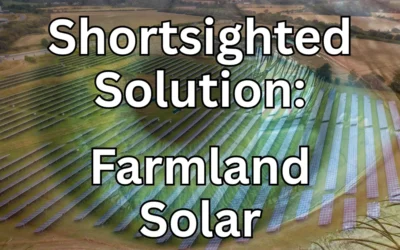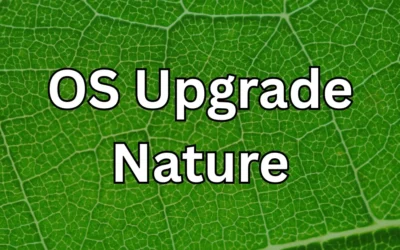When it comes to fighting climate change, scale matters. With over 800,000 acres across 26 U.S. states, Dynamic Carbon Credits is turning America’s heartland into a powerful force for carbon and methane capture. Our nationwide network of farmers and state-of-the-art biochar facilities is reshaping the future of sustainable agriculture.
The Power of Scale in Biochar Production
Imagine a facility that can produce 25,000 pounds of biochar every hour. That’s not science fiction – it’s happening right now at our main production centers. But we didn’t stop there. Our fleet of mobile biochar reactors brings this transformative technology directly to farms across the country, making sustainable carbon capture accessible to agricultural communities everywhere.
How Biochar is Changing American Agriculture
Did you know that biochar can last in soil for hundreds, even thousands of years? Our proprietary process starts with specially selected plants that excel at carbon sequestration. These carbon-capturing champions grow across our vast network of partner farms, creating a natural first step in our greenhouse gas reduction strategy.
The Science of Soil Enhancement
Our approach is simple yet revolutionary:
- Plant our proprietary carbon-capturing crops
- Convert harvest into high-grade biochar
- Enhance biochar with beneficial bacteria
- Apply to soil for long-term carbon storage and methane reduction
Methane Capture: The Hidden Champion
While many focus solely on carbon dioxide, we’re tackling methane – a greenhouse gas 25 times more potent than CO2. Our treated biochar doesn’t just store carbon; it actively helps reduce methane emissions from agricultural soils, creating a double impact on climate change.
From Coast to Coast: Our Growing Impact
With operations spanning 26 states, we’re seeing remarkable results:
- Verified soil improvement across diverse climate zones
- Significant methane emission reductions
- Improved crop yields for partner farms
- Long-term carbon sequestration
Innovation on Wheels: Mobile Biochar Production
Our mobile biochar reactors represent a game-changing approach to scaling production. These units:
- Bring production directly to farming communities
- Reduce transportation costs and emissions
- Enable immediate application of fresh biochar
- Support local agricultural economies
The Numbers That Matter
Scale is critical in addressing climate change, and our numbers speak volumes:
- 800,000+ acres of active carbon capture
- 25,000 pounds per hour biochar production capacity
- 26 states and growing
- Multiple production facilities plus mobile units
Verified Results for Confident Action
Every step of our process is scientifically verified:
- Pre-treatment soil analysis
- Ongoing monitoring of carbon and methane levels
- Regular testing of agricultural outcomes
- Documented improvements in soil health
Join America’s Leading Carbon Capture Network
Whether you’re a farmer looking to join our growing network or a business seeking verified carbon offsets, Dynamic Carbon Credits offers solutions at a scale that matters. Our combination of extensive agricultural reach and industrial-scale biochar production makes us a reliable partner in climate action.
The Future is Growing Today
With climate change accelerating, waiting isn’t an option. Our nationwide network is already:
- Converting atmospheric CO2 into stable biochar
- Reducing methane emissions across agricultural lands
- Improving soil health and crop yields
- Scaling production to meet growing demand
Take Action Today
Be part of America’s largest biochar-based carbon capture network. Whether you’re interested in:
- Joining our farming network
- Purchasing verified carbon credits
- Learning about our biochar technology
- Exploring partnership opportunities
Contact Dynamic Carbon Credits today to learn how you can be part of this revolutionary approach to climate action and sustainable agriculture.





